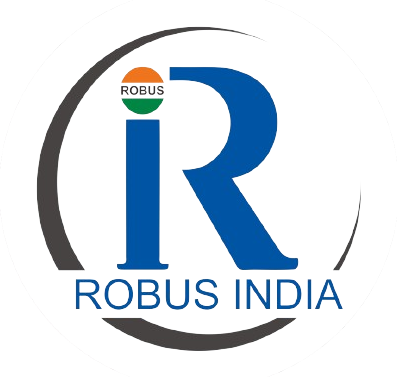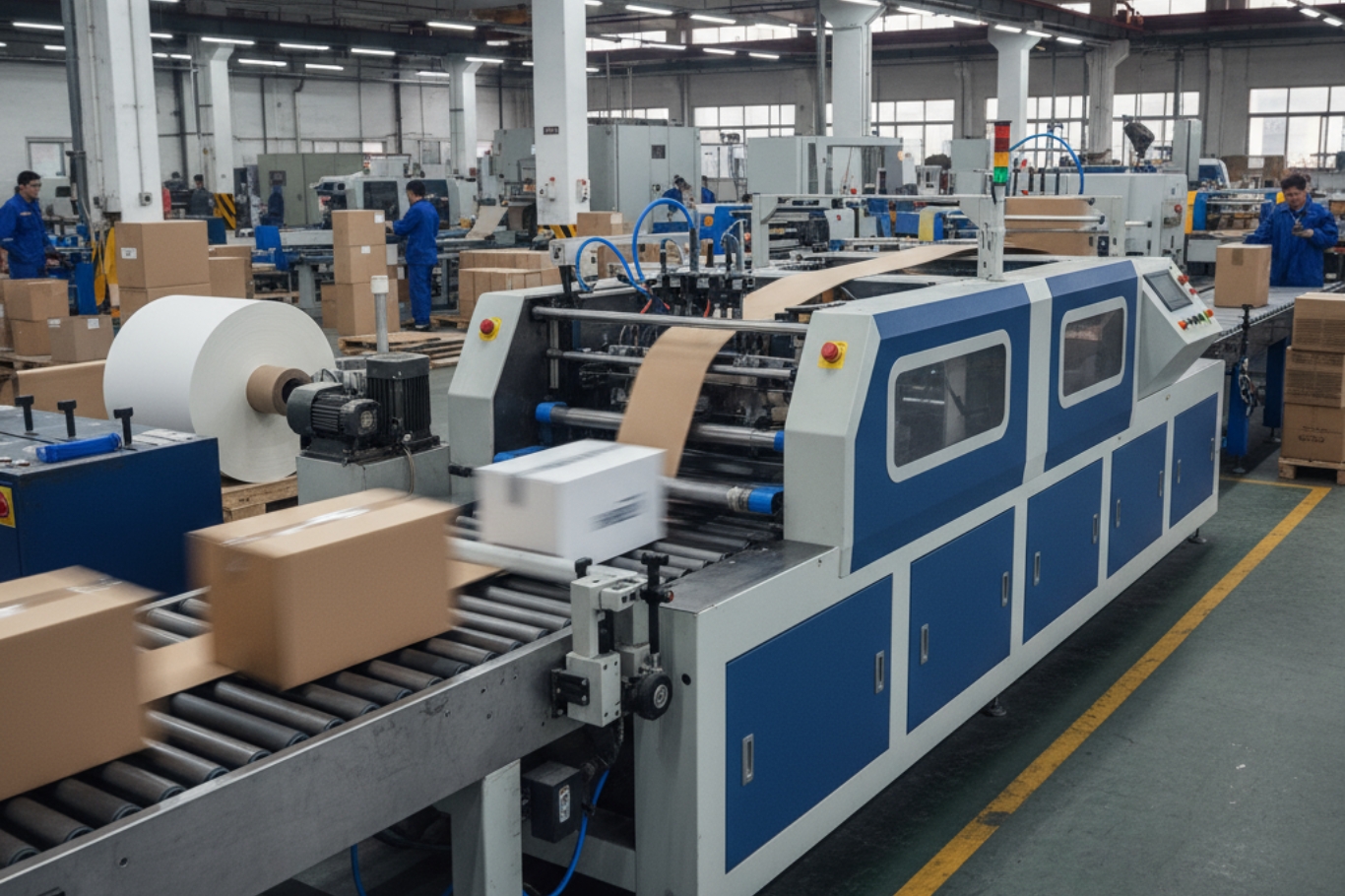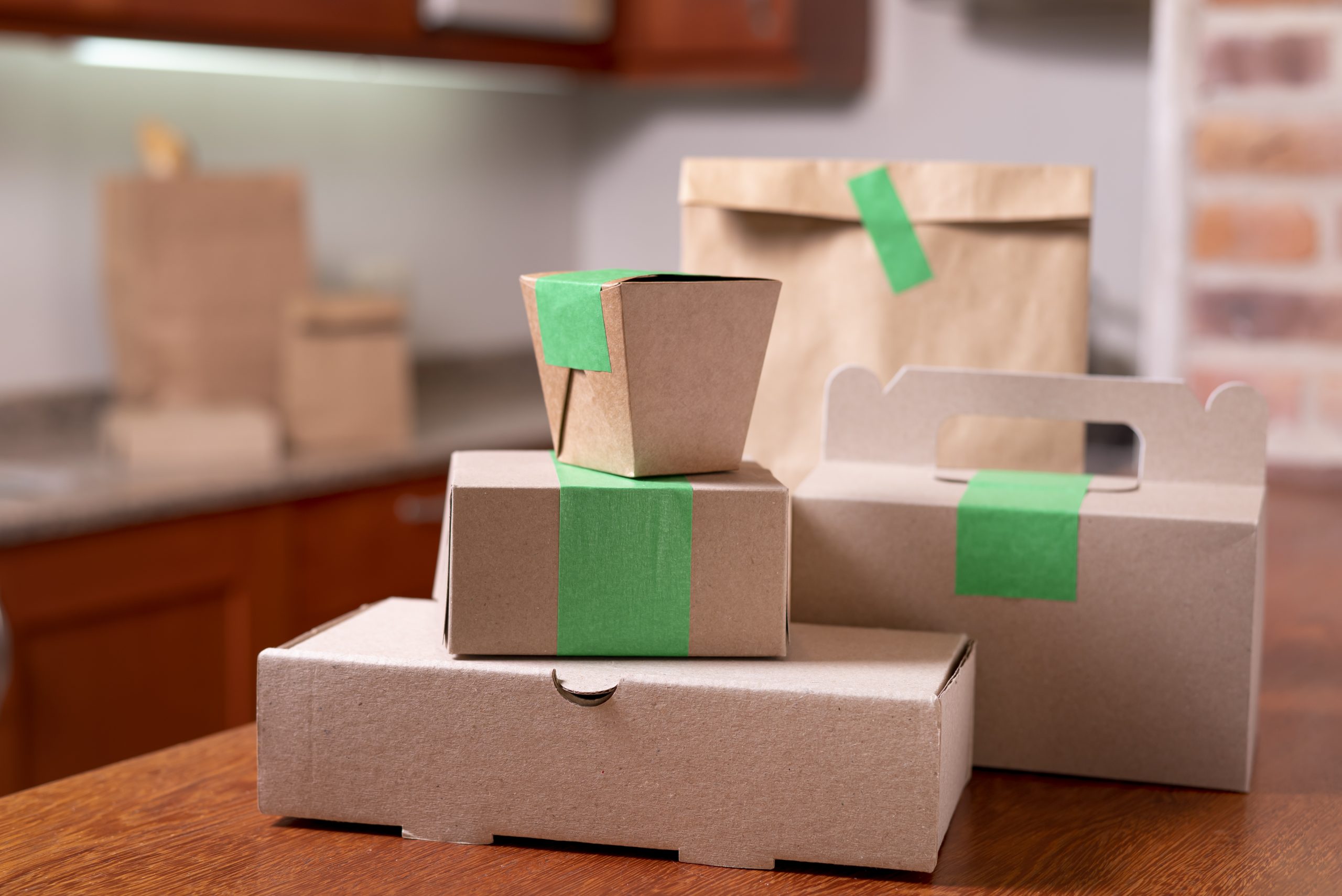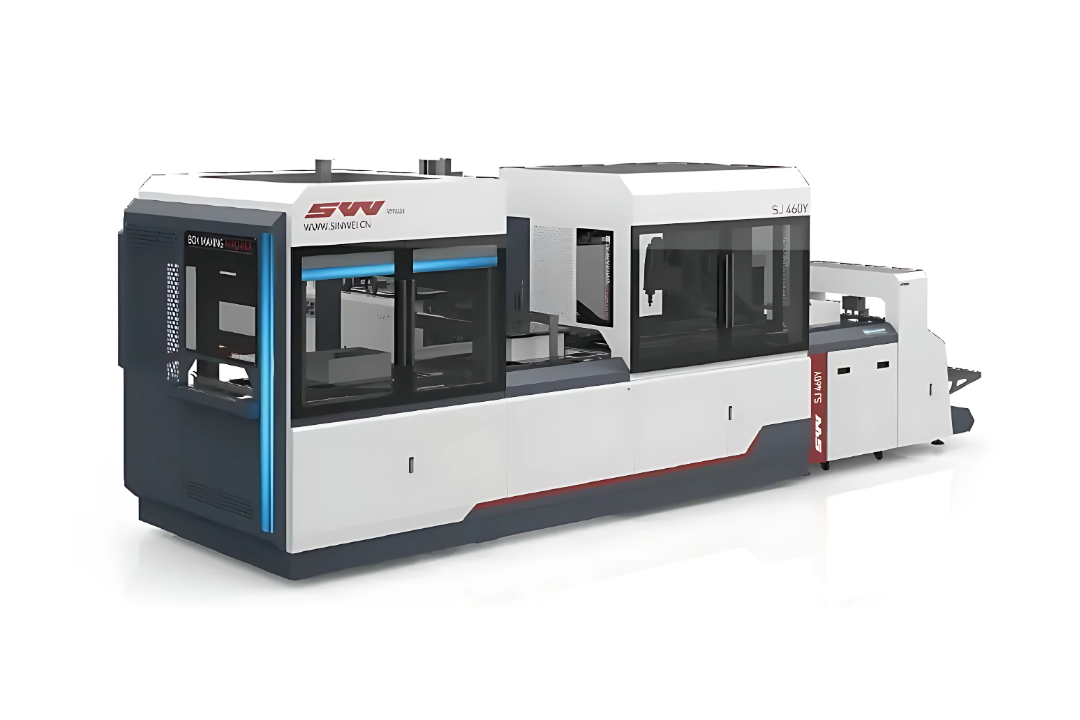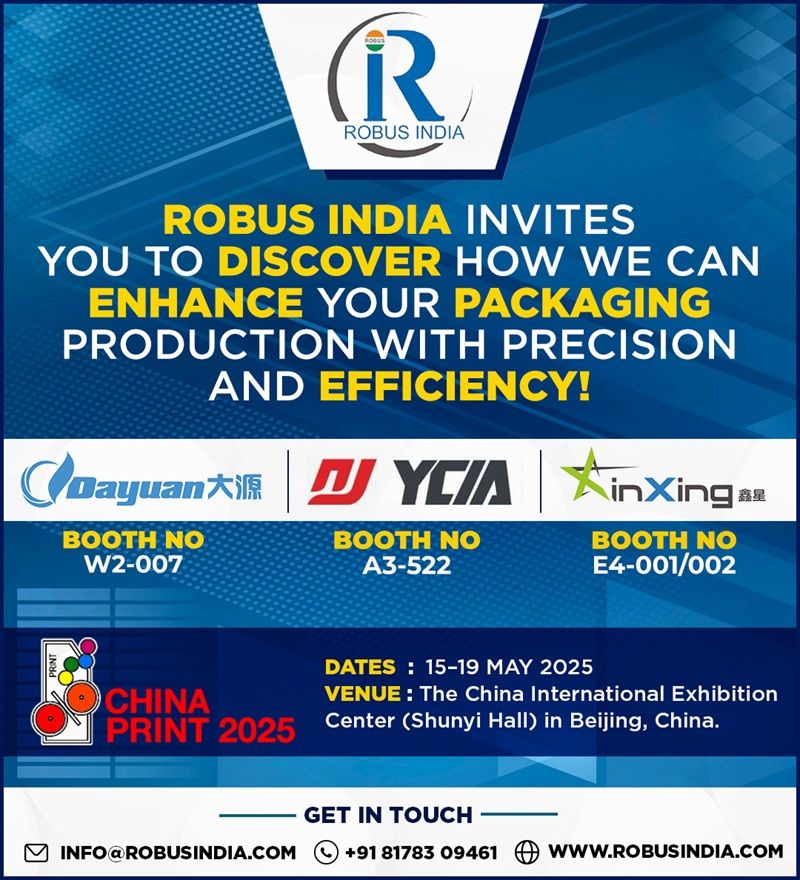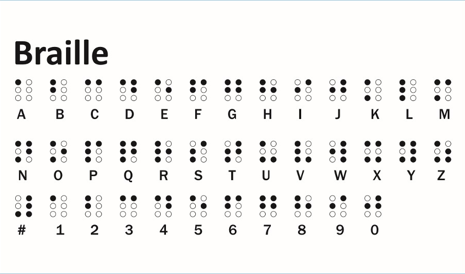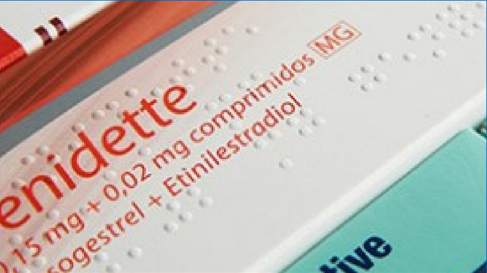Designing for High-Speed Folder Gluing: Key Considerations & Best Practices
In modern packaging operations, speed and precision define success. As production lines speed up to meet increasing market demand, manufacturers rely on high-speed folder gluing machines to provide both quantity and quality. However, the secret in attaining perfect performance is not just on highly sophisticated machinery but also on the design of cartons to be glued on a high speed folder. Each fold, crease and glue flap influences efficiency, accuracy and production. Thoughtful design promotes flawless functioning of machines and minimizes wastage – an important consideration in packaging perfection. Why Design Matters in High-Speed Folder Gluing The design phase determines how well the carton performs during folding and gluing. Poorly structured cartons can cause misalignment, glue leakage or blockages that can disrupt production. Strong folder gluer design ensures: The ability to fold and glue smoothly and at high rates. Reduced rate of rejection and wastage of materials. Uniform visual appearance and carton strength. Essentially, effective design enhances the performance of folder gluers while also contributing to operational profitability. Key Design Considerations Designing for high speed means aligning creativity with engineering precision. Here are the essential factors to consider when preparing cartons for folding carton production. 1. Material Selection Selecting the correct substrate determines folding accuracy and glue bonding. Use board grades that are of uniform stiffness and surfaces that are smooth. Fold the grain along with the fold line to avoid cracking. Avoid smooth finishes that impede the use of glue in the making of cartons. Keep a consistent thickness of board to ensure consistent feeding and folding. The appropriate material facilitates quicker runs while maintaining both print and structural quality. 2. Creasing and Folding Lines Correct creasing is key to the efficient folding. Weak folds or surface breaks can be brought about by poor scoring. Ensure consistent crease depth and alignment throughout the panels. Adhere to standard packaging design principles to enhance fold performance. Evaluate folding on both coated and uncoated surfaces to guarantee uniformity. Clear creases make cartons stable at all the phases of the gluing process. 3. Glue Application Zones The positioning and width of the glue must correspond with the applicators of the machine to ensure accurate bonding. Design flaps of sufficient width, but not over lap. Always leave adhesive areas unprinted or unvarnished so as to increase the grip. Have a steady pressure on even gluing. An appropriate layout guarantees efficient carton folding and robust seals even at elevated speeds. 4. Tolerances and Dimensions Precision is critical in high-speed folder gluing operations. Even small dimensional errors can cause feeding or folding problems. Ensure precise tolerances in die-cutting and scoring. Standardize the geometry of cartons throughout production batches. Prevent design variations that may interfere with machine setup. Consistency in measurement ensures consistency and minimizes downtime. Best Practices for High-Speed Production In addition to an optimized design, the best practices in the industry packaging machinery will help improve the performance of your production line and its life cycle. 1. Prototype Testing Prior to commencing full-scale production, it is essential to perform test runs to evaluate performance in real-world conditions. Identify weak points in folds, glue bonds, or alignment. Adjust the design or materials if problems emerge during the trial run. Prototyping testing helps achieve speed and reliability without compromising quality. 2. Collaboration Between Teams The optimal carton design for gluing machines is achieved through collaboration between the design and production teams. Engage machine operators at the outset of the design process. Facilitate communication among CAD designers, printers, and gluing technicians. Collaboration guarantees that cartons are both aesthetically pleasing and suitable for machine operation. 3. Use Modern Folder-Gluers Investing in advanced high-speed packaging line machines provides gains in accuracy and productivity. Utilize automation, camera-based inspection, and intelligent adhesive management. Enhance machine configurations for particular carton varieties. Collaborating with technology partners such as Robus India guarantees access to dependable, high-performance solutions. 4. Preventive Maintenance A properly maintained machine is essential for achieving consistent results. Regularly clean folding belts, guides, and glue nozzles. Ensure the quality of the adhesive and the rate of application are monitored. Inspect alignments and replace any worn components prior to potential breakdowns. Routine maintenance supports uninterrupted production and superior output. Common Mistakes to Avoid Even experienced teams can face problems if key principles are ignored. Leaving grain or crease alignment. Glue overlaps or excessive application of adhesive. Not testing design with prototype. Working with incompatible materials and types of glue. Avoiding these errors improves both efficiency and product quality. Conclusion The design is the basis for efficient high-speed folder gluing. By selecting the right materials, accurately aligning folds, and maintaining tight tolerances, manufacturers can achieve uninterrupted operation at full speed. The combination of precise folder gluer design with proactive teamwork and maintenance ensures consistent performance and long-term value. At Robus India, we understand the technical and practical needs of modern folding carton production. Our advanced folder-gluer machines and expert support help packaging professionals design better, glue faster and deliver perfection every time.
